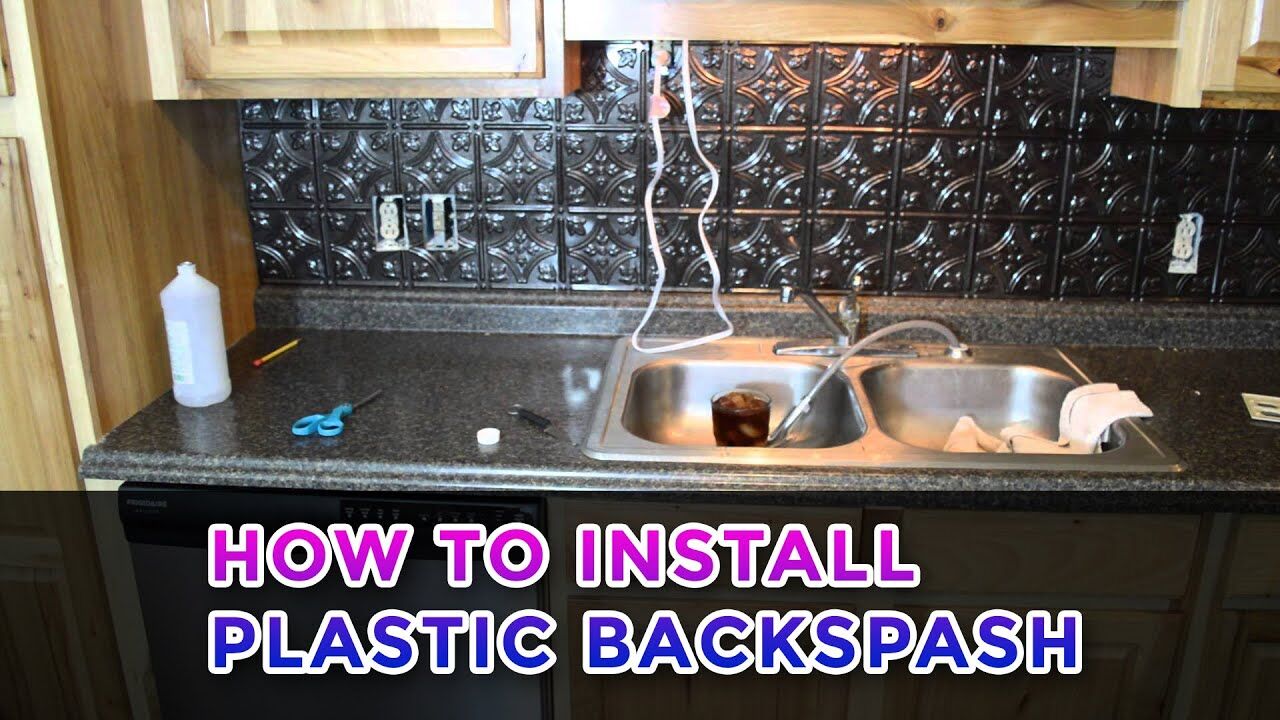When I paint, I tend to paint everything – hair, clothes, ceilings, walls, and an extremely irritated house cat. I’m not saying I am messy, but I do drip paint everywhere. I found this no drip paint tip to help me stay clean and paint free so I thought I would share. You can wrap […]
Category: How To (How I Did)
You could call this a How To – but people often tell me I did it wrong – now to be fair you can’t really tell me I can’t do it that way, when the video shows I actually DID do it that way – so to cool down the hateraide – lets just call this HOW I DID
How to Clean Up Easily by Using Aluminum Foil as a Paint Tray Liner
I have been doing a lot of painting lately, and I found a tip that cuts down on cleaning of my roller pan. I have started to line it with heavy-duty aluminum foil before using it. This trick is especially helpful if you’re painting with different colors — for each new color, throw away the […]
How to Keep Aluminum Foil in its Box
This Aluminum Foil Tip is another one of those quick tips I was surprised I did not know so I share it with the expectation that most of you already know this but it may be new to some of you. I have a problem in my pantry in that the aluminum foil, wax […]
How to Make a Cheap Cable Lug Using Copper Pipe
I needed some large terminal lugs for my microwave spot welder and they were both hard to find and expensive. I decided to make my own cable lug using copper pipe What I decided to do was make my own out of copper pipe. This DIY terminal clip was for 2 gauge wire and used […]





